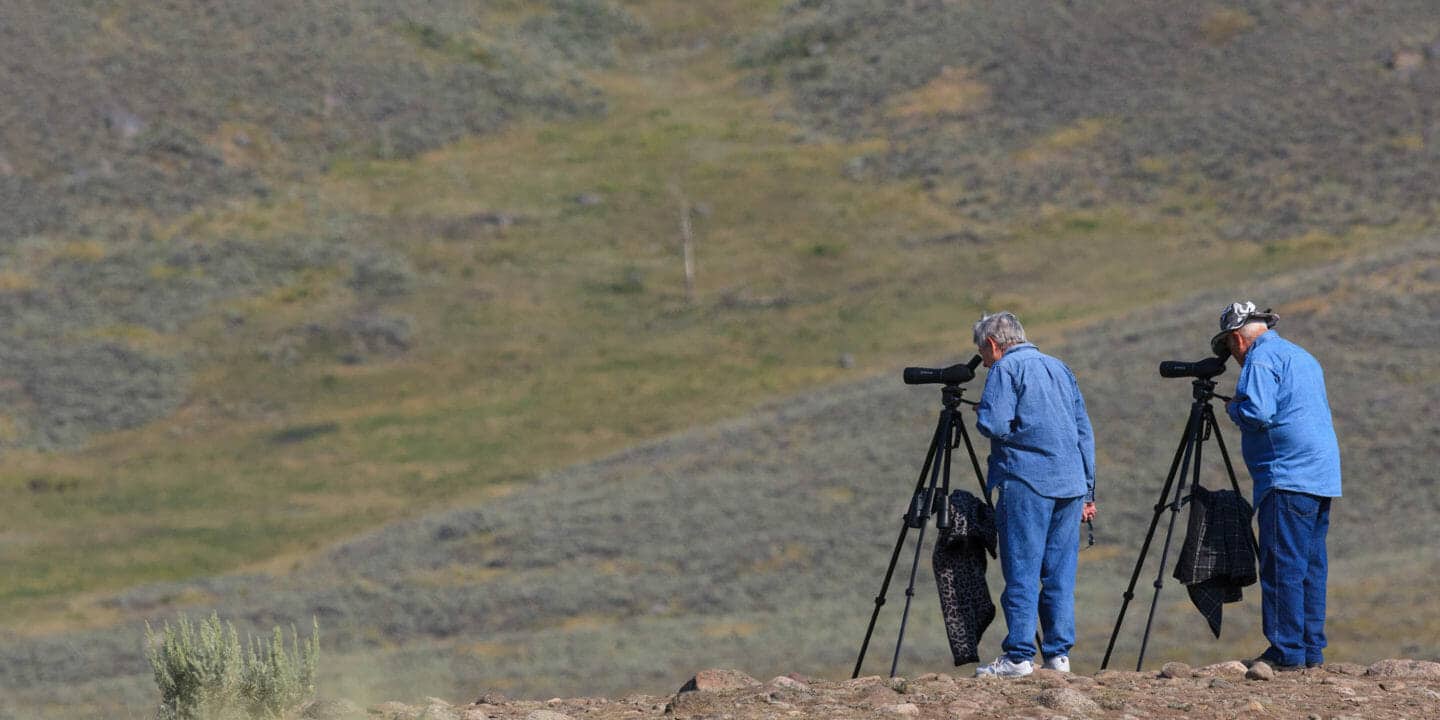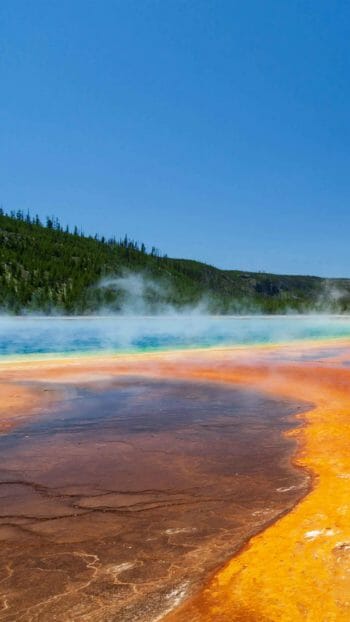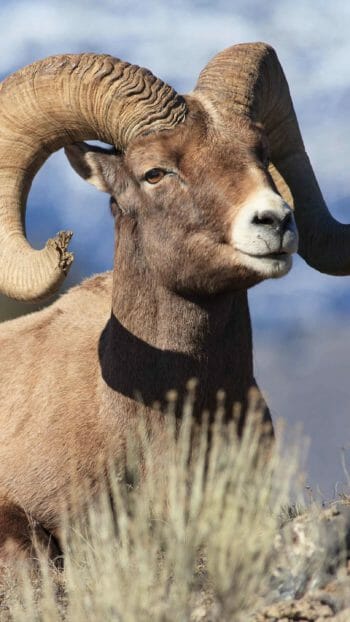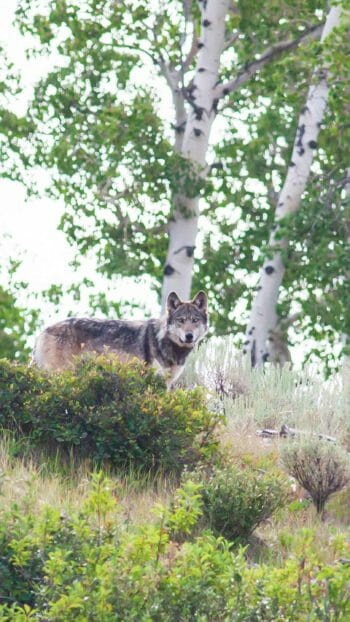What Do You Look For?
Spotting wildlife is a skill. A skill we can all improve on.
Whenever we’re looking for wildlife we are always seeing the same three things: the odd color, the odd shape, or movement. And movement is the easiest thing to see that can clue us in to the possibility of something alive on the landscape.
I’ve often heard people say that spotting wildlife is an art. I disagree. I believe it is a skill, but the more we experience wildlife, and the more we understand the lives of animals, the more we can relate to their occurrence and presence. And this too, helps us see.
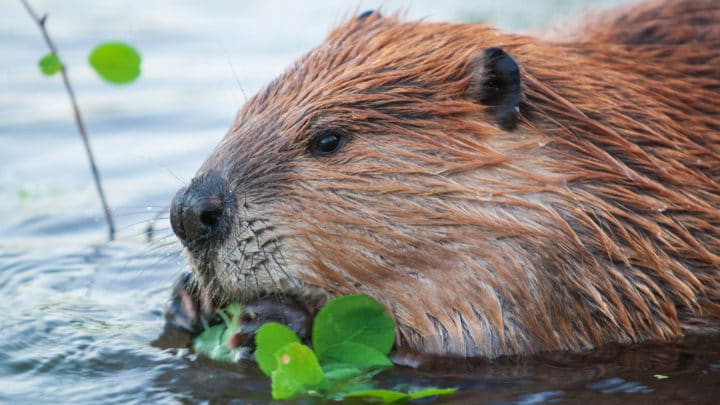
Where Do You Look?
Many people think of animals as cryptically colored or camouflaged, and some are, but the truth is: under certain circumstances, seasons, or during certain activities, all animals can be extremely visible. I don’t look for the raccoon that is inside the hollow log (I can’t see it!), I look for the raccoon that is actually out in the open along the shoreline. I don’t look for the cat which is sleeping on a high branch. I look for the cat that is actually walking across the road or on the top of the visible cliff. Focus attention where we can see and in particular, see clearly!
Open Landscapes
Whenever I am driving, hiking, paddling, or biking…as I come into new landscapes I quickly scan the easy surfaces. For example the open field. I look for the odd color, shape, or movement. This can be done in a fraction of a second!
The next thing I do is quickly scan the next big open areas in the vista. This may be the tree tops profiled against the sky, or the smooth grassland of a river terrace. It may be the sky itself, after all, dramatic birds of prey may be present.
Ecotone
Finally, I scan the breaks in the landscape. This may be a shoreline, or perhaps where a forest meets a grassland. Be sure to look under the trees as far as you can clearly see. This is where animals are actually most likely to be, but where they will be most difficult to spot.
It’s where two habitat types meet, what some people call “edge effect’ or “ecotone,” that the greatest diversity of animals may occur.
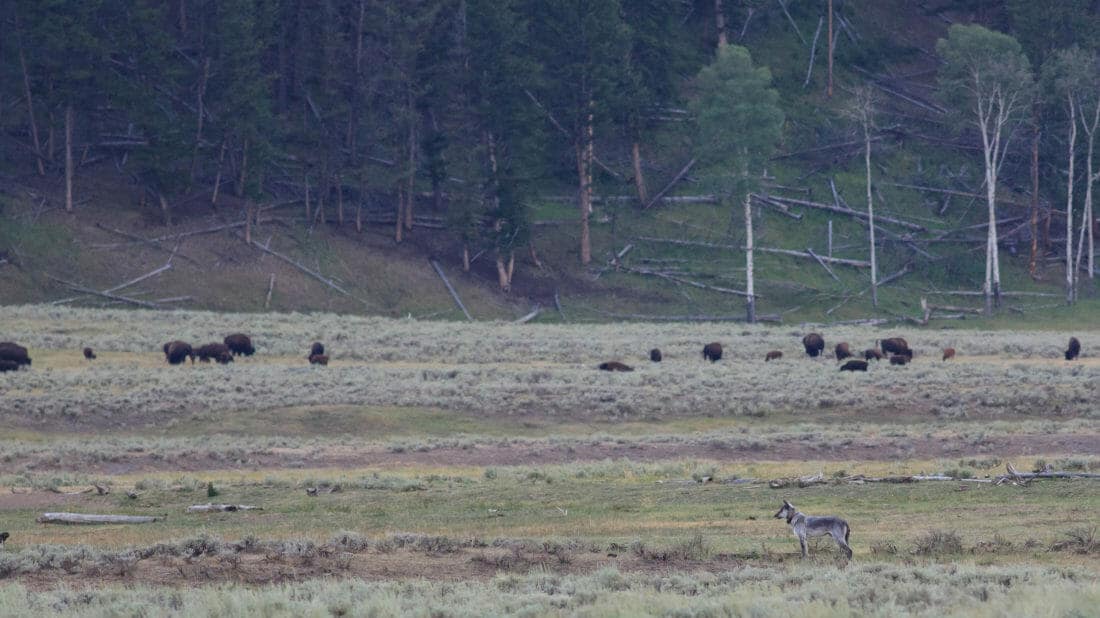
Converging Habitats
Think of it this way: the forest is habitat type “A” and the adjacent grassland is habitat type “B.” Habitat A may have tree squirrels and habitat type B may have bison. But where they meet you may have both! In fact, you may get species that require both habitat types. For example, an elk may use the forest for security or thermal “cover” and the grassland for grazing.
Note that I have not mentioned any required equipment. Of course optics can help. Listening for animal vocalizations can help too. But the first step is to simply look. You can’t see if you don’t look!
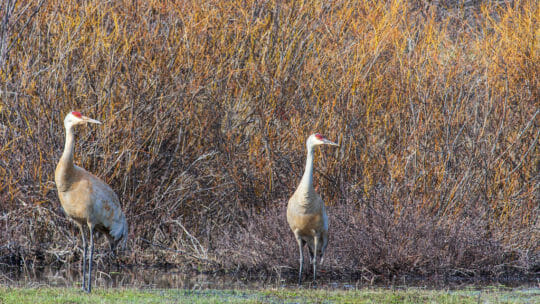
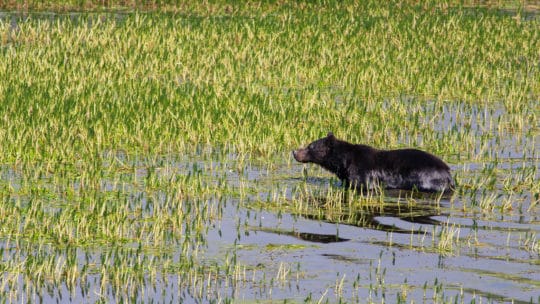
Have Confidence
One more note: Believe in yourself. Have confidence. Again, an example. I take two identical twin boys fishing. One is confident and the other is not. Same gear, same stream, same instructor. We know who has the better chance of catching a fish!
I’ve often heard people say that spotting wildlife is an art. I disagree. I believe it is a skill, but the more we experience wildlife, and the more we understand the lives of animals, the more we can relate to their occurrence and presence. And this too, helps us see.

